LED lessons learned
Perth, 1st July 2014
As we move quietly into July already, the issues with LED keep creeping up. Last night we went out to do some further reviewing of a light box that has linear RGB LED lights integrated. We had done some sample testing in a factory warehouse previously, but at the time we were more focused in attaining a good lighting distribution rather than looking at the colour mixing quality. Somehow we assumed that part was ok. The testing was also meant to determine spacing and installation details. Lesson learned; always test with the actual product, not a sample that is supposedly “the same” because the actual product is not in stock and look at ALL lighting issues that need to be right in the end result! This means light distribution, interaction with the materials, lighting intensities, colour and balance of brightness. In this case we did not really have a glare issue but the visual comfort part should always be part of the assessment.
Now, with the real thing built, we discovered that the material quality is not as good as it is supposed to be, it is much more transparent and also the inner support structure turned out to be much more bulky and industrial than expected reading the drawings…perhaps due to some budget issues? Definitely different from the mock up we tested! The result is obvious, we had already increased the distance between the stretched fabric and the light, but still the lights are very visible and the inner structure creates many shadows. Aiming and light distribution is still an issue so that will need to be corrected. Together with lenses that are still to be added that will soften the brightness spots considerably.
What bothered me most was the colour striation caused by the RGBW chips. During testing this had not really come out but in the actual structure the poor colour mixing really came out with the initial lighting effect disappointing. We will be able to improve it but what bugs me most is how much could I have anticipated? It is my responsibility to understand how the light works and how it will interact with its environment. Lesson learned…never assume anything regardless how much experience you have! In LED land appearances can be deceptive…take your time, test and re-test! 🙂
Light watch 5-106: I leave you with some close up images without comments…I am sure you can see our issues 🙂
The beauty of light
Perth, 30th June 2014
After a private little break with my Alex in Sydney last week I am back at work in Perth…
What strikes me time and again when I am in Australia is the colour of the light. I am talking daytime of course and I am talking about the crispness of the light the hues, the blues, the colours…every country has their own as light always interacts with its surroundings. Light in Singapore is definitely different from Sydney, but Sydney and Perth are close. It of course have to do with the latitude and longitude of your position on earth and subsequently the angle of incidence under which the daylight (sunlight) travels through the atmosphere.
Singapore is practically on the equator (less then 100km north), while Sydney and Perth are both more than half way down to the South Pole! Hence light travels longer distances through our atmosphere in these places compared to Singapore. Light is nearly abstract as you cannot really grab it but you can see and feel its effect on your surrounding which effects greatly your mood. The light in Australia lifts me up, the light in Singapore does not. It feels nearly functional in Singapore while in Australia the (really) blue skies bring another element in the mix that most Asian countries can only dream off. We don’t have really blue skies in Singapore mostly as cities in Asia are so heavily polluted. But what people do not realise is that beside the health aspect, clear air and hence clear skies brings out the beauty of light and with that a sense of positive energy that we subconsciously relished…it lifts your spirits.
Light watch 5-105: See here what I mean…some of my mood shots where light plays an central role…
LED and the Chinese…
Singapore, 19th June 2014
Back in Singapore for a day in the office, for my regular catch up with the team, settling general project, design and administrative issues, signing paperwork…I am off for a week’s leave tomorrow, so this will be my last blog this week, I will reappear 30th June… 🙂
Continuing where I left yesterday with the LEDs… In the same newspaper I also read an article on how China made LED’s were gradually conquering the world. It was an article that started on the front page of the South China Morning Post and continued on the inside pages, so quite a prominent story of the day. It basically confirmed what we all know already, China has become the number one producer of LED lighting in the world and giving the US and European manufacturers literally a run for their money. Considering the article was written in Hong Kong that has China’s Guangdong province, the heartbeat of the LED production, next doors, it was refreshingly candid about the issues faced by the Chinese LED manufacturing industry.
First of all it acknowledged the cut throat market competition where the thousands of Chinese manufacturers trying to make a living out of LED’s. They do that in most cases with government subsidy (very similar to the solar panel industry) which allows them to borrow money from the banks at very low interest if at all. But as they (have to) sell on price they end up being extremely pressed for profits and the article was clear that many operate with big losses in the hope for better days.
As a logical consequence of competing at low prices they (have to) cut corners, which is reflected in the poor quality of the LED’s which we all to well know. While improvements are being made in quality, the article was quite adamant that while the lower end of the market may be dominated by the Chinese today the high end market is still not and far from it, these still fully are in control by the US and European manufacturers. But the question is of course for how long. The Chinese manufacturers are learning along the way and if they can survive the longer run they may well come out strong in the future in the high end professional market as well…
Light watch 5-104: I leave you with one of the largest LED ceiling screens in the world located at The Place Mall in Beijing…it remains very impressive…
The demise of the neon sign
Hong Kong – Singapore, 18th June 2014
Today I flew back from Yangshuo to Singapore via Hong Kong and on the way I read an interesting article about Hong Kong and more specifically about the slowly disappearing neon signs. You still see them a lot when you walk down town Hong Kong in say Henessy Road or in Kowloon around the Nathan road area. But it is just a simple fact that LED signs and mostly LED screens are slowly taking over the night scape of the city. Neon or cold cathode lighting is one of those old crafty lighting technologies where glass tubes are bend into letters and shapes and then through their (coloured)fluorescent coating get illuminated when a current is driven through it (just a quick explanation for the new generation that may read this and only knows about LED lighting 🙂 ).
While the origin of its use may have predominantly been in signage and advertisement billboards, it also had found its way into the architectural lighting applications. I used it frequently as a solution in cove lighting for instance (great uniformity) and still many of my projects today work on this cold cathode technology. But I guess it is just a matter of time before they will be replaced by LED linear lights when the time for renovation comes…perhaps even earlier. But it had a good lifespan, more than 10,000 hours, which compared to the 5000 hours fluorescent tubes were going for was certainly good value…provided you had the good quality, as with LED today there were heaps of cheap, mostly China made options available. While good quality cold cathode sold at around $75 to $150/meter depending performance requirements, you could also easily get $20 to $50/ meter types. But like with LED’s today, there was of course a reason why they were cheap… 🙂
So are we seeing the demise of the neon signs? I think so, it is hard to stop the LE onslaught and the investments made into developing LEDs today goes at the cost of developments in other technologies and by the looks of it cold cathode lighting has also become a casualty of the LED tsunami…perhaps it will survive as an art form, but for now enjoy the neon signs while you still can…
Light watch 5-103: Hong Kong’s famous neon signs…
Impressions from Yangshuo
Yangshuo, 17th June 2014
Today was mostly spent in meetings after having spent the first hour doing a site inspection walk with the client and project team. These meetings are generally very focussed and solution oriented. The progress is good, the overall team spirit is very positive, I am enjoying this project a lot. One of the things that was on my to do list while here was to go and see the lightshow which is played on the Yangshuo river against the dramatic mountain backdrop and which was artistically conceived by the same director who created the opening ceremony of the Beijing Olympics in 2008. This show was created in 2004 and attracts literally thousands of people a nightly; I was told the show can hold near 3000 people, it surely looked like it! The point of interest for me being that the back drop mountains used in the show are literally around the project property that we are developing, so understanding what the public sees and how the illumination of the mountains is interacted in the show is important in developing my own lighting concept. Some banks of floodlights are located just aside our property and not surprisingly they blast their light right over the buildings when the show is on. Luckily it is only happens for short moments…
We went last night with a group from the project team that had not seen it and enjoyed it thoroughly. If the number of people watching the show was enormous, the number of people participating in the show was even more massive! About 800(!) actors participate in the display which at one point of time saw about 500 of them “walking” on the water! This is only possible in China, for sure; such massive undertaking which also saw more than 100 bamboo fishing boats at one point of time moving around with fire and other lighting effects, all perfectly coordinated, impressive! The show is called Impressions Liu Sanjie and runs nightly during the week and twice nightly in the weekend on the Lijiang Rover bank in Yangshuo and tells an old Chinese story and set on the music from apparently a movie of the same name.
I found it very educational and inspiring to watch, I always learn from these experiences, I am happy I saw it.
Light watch 5-102: Here are some “Impressions” from the show.
PS: The lighting of the backdrop does not come out well on my mobile phone pictures but in reality they come out well
Chinese Cowboys
Yangshuo, 16th June 2014
As I have arrived in Yangshuo for a project coordination meeting deep in the Guilin Mountains, famous for its depiction on many Chinese paintings and the back of the 20 dollar RMB banknote, I just want to share one of those emails I receive daily, mostly from China. This one came in repetitively over the last few days. Some of you may have received the same. The interesting part is that even in their emails they are getting more sophisticated going to great length explaining why they are better than others and why others are so cheap…! They are starting to talk our talk!
There is no way of telling if their products indeed are as good as they claim, they may well be, who knows. Just as a warning; the email was signed off by a certain Lemon, let’s hope their products are no lemons!
Light watch 5-101: The email in its full unedited form…
Dear Sir/Madam,
How are you. Nice email to you, I get your contact from the Internet. Hereby please let me briefly introduce our factory to you. It located in Shenzhen the heart of China’s LED lights industry centre. In here there are more than two thousand LED lights factories and thousands of LED lights trade companies. So it’s hard for you to choose some good LED lights suppliers. We are not big LED lights factory, but in quality of LED lights said, our LED lights quality is in the first class among two thousand factories. Starting established we main OEM for other good LED lights factories also including big listed company . It built by two top LED lights technicians. In the beginning investment is not enough so we chosed OEM for other LED factories at first. Now I think it’s time for us direct to do business with foreign customers to purpose reduce intermediate cost.
We initial focusing on the ceramic LED lights and Tube LED lights research and production. but now also do any related products if you need to. The ceramic LED lights more beautiful and more safety. As we knew the heat dissipation impacts the LED lights application and life. The ceramic LED lights radiant dissipation more better than aluminum conduction dissipation. making LED lights life more longer. A lot of LED lights from Zhongshan of Guangdong and others suppliers supply cheap ones, ( like with plastic or aluminum materials ) After one years used. the bad quality lights lumen decay is about 20%, two years later is 30% – 50%. But ours is 5%-10%. that’s the different
Doing LED lights looks very easy,but do very well it’s not easy. We just do the very good quality products. And we also do customized lights as you ask. I hope you can think it about to start a new business relationship with us , We’ll do our best to satisfy you.
I think I’ve said lot, thanks for your patience reading, if you have anything to know, Please don’t hesitate let me to know, thanks
Lemon
Zhaga
Singapore, 13th June 2014
A good day to talk about Zhaga. While I am working through some decisions in relation to light fitting specification the issue of interchangeability of the LED modules is always one that comes up. This, specifically in relation to an alternative retro-fit option. Zhaga is an industry wide collaboration between companies from across the globe which include luminaire manufacturers, LED module makers, suppliers of materials and components and testing labs. Their aim is to develop guidelines and standards in the design and integration of LED modules into luminaires. When I was at the Light Fair in Las Vegas last week I saw several booths referring to Zhaga and I believe there was even a Zhaga stand. The initiative stems from the old conventional technologies where there were the lamp manufacturers and the luminaire manufacturers. Lamps were individual products that all conformed to specific guidelines in terms of its mostly physical appearance. The key was interchangeability; when the lamps fails you just replace the lamp, unlike today’s LED technology where you basically have to change the whole fixture if the LED fails. Couple that with the cost of the complete LED system and it is understandable that if a way could be found to replace just the LED module it would make life easier…or will it?
We have steered away as much as possible from the retro fit options simply because the many issues we encountered with the compatibility between the new and old technologies. The question is do we want or need the LED module interchangeability? A complete integrated system is in principle full proof, assuming everything is properly installed and connected, introducing interchangeable components may open the door to compatibility problems, but then that is what Zhaga is trying to resolve. Nearly 250 members from all walks of the lighting industry life have already signed up, amongst which all major players. Several guidelines (or books as they are called) have been developed. It will be interesting to see how this works out over time as there are of course huge commercial interests involved which may slow down the process…
Light watch 5-100: Zhaga…
Intelligent lighting
Singapore, 12th June 2014
One of the key emergences that has come along with LED lighting is smart technology, not in the least because LED is a digital technology by itself. Several examples were on show at the Light Fair recently. Some of the bigger manufacturers like Philips and GE have developed interactive tracking systems that can follow you and inform you of promotions, availability of the products on sale and give historical or technical background information on the products. This of course seems developed for commercial spaces, but could find its way in many other applications. In fact it has not much to do with lighting; it’s just that the lights are used as a vehicle to integrate these systems. It is sure that we are moving towards a smart environment where (mostly through your mobile phone apps and presence detection) you are able to communicate interactively with your surroundings.
To have lights tell me where to shop, or what to do is not really my idea of being “smart”, but having smart lighting systems that are smart through the lighting application itself is more in line with making good use of the benefits for lighting. We are looking at smart and interactive switching, presence detection to switch on or off the lighting according to need (energy saving) or using presence detection to indicate occupancy through visual alert (like in car parks where systems indicate free space by showing a green light).
It is not that I have an objection to applications that make your life easier or more comfortable, but it’s more about the relationship with lighting. Your shopping needs have nothing to do with lighting, unless the lighting physically helps you with your shopping like visual guidance, way finding and better appreciation of the goods on sale; anything else I feel is a just another marketing tool to promote LED lighting…
Light watch 5-99: Some of the smart systems on show at the Las Vegas Light Fair…GE and their smart shopping app, a local company with their smart garage lighting system and Cree with their Smart Cast.
Predicting the mood
Singapore, 11th June 2014
As part of our design services we develop dimming schedules or control matrixes that indicate to the electrical contractor and the dimming system programmer how we would like each of the lighting circuits that are addressable to be controlled. In general manual on-off switches are not that much of concern. It’s either on or off, but when lighting circuits can be addressed by a dimming system (in our case a professional system designed to program hundreds of circuits into pre-set scenes of different mood and ambiences) we need to give direction. That can at times be a daunting task as there are many variables in play that influence the final appreciation of a space such as the object or furniture placing, the amount of daylight to be taking into account, the colour scheme and material finishes of the architectural surroundings. And while we design our lighting layouts and control looping to be in consideration of the envisaged mood and ambience setting, including daylight control and energy saving options, predicting how the combined lighting will come together is predominantly a matter of experience. It requires a great understanding of how light distributes into space and interacts with its surrounding.
Today we had to prepare such dimming matrix for one of our projects to be commissioned soon and generally I am the one who gets to do that, at least conceptually. My guess is probably better than any ones ( 🙂 ), because of my years of experience and I know that once pre-programmed there will be something to see with a general feel of what the mood is to be, but I know also that we will still need to do a lot of fine-tuning to get it right, certainly as in this case also DMX colour programming is involved. Then purpose of this exercise is to get as much pre-programmed and as close to the desired end result as possible to minimise our time on site.
On top of that we know that by the time we get to site still many other elements will be missing such as furniture, loose FFE items and so on. It is always the same and time and again I find clients not understanding why I can’t finish the job! The mood and appreciation of a space is a total experience, it needs ALL the elements to be present so that the right balance can be created.
Light watch 5-98: Mood pictures, light and dark, focus versus diffuse, bright versus soft light, it is all part of setting the mood…
The new office
Singapore, 10th June 2014
As we have moved into our new office we have also been looking at putting up some nice project images on the wall to give our office more of a design studio feel. The debate was of course whether to put up completed projects or concept design renderings. While we had some very nice completed project references I felt that renderings would be more representative and in line of the office ambience and the work that we do. We are a creative studio and therefore most of the time we are dealing with sketches, renderings CAD drawings etc, not with completed projects, these can be found on our website. Our renderings on top of that are of a very high standing and could be mistake for the real thing :).
After a long debate we selected a number of renderings from different applications that best represents us and the work we do. Our selection ultimately came down to hotel, resorts interiors and exteriors, retail lighting and corporate buildings, which represents about 70% of the work we do. It is not easy to make selections and it without being selective you may easily overdo it. As always in life…keep it good and simple. It is not about the quantity but about the quality.
Light watch 5-97: Our selected concept renderings to decorate our new office… please come and visit us if you are in town!








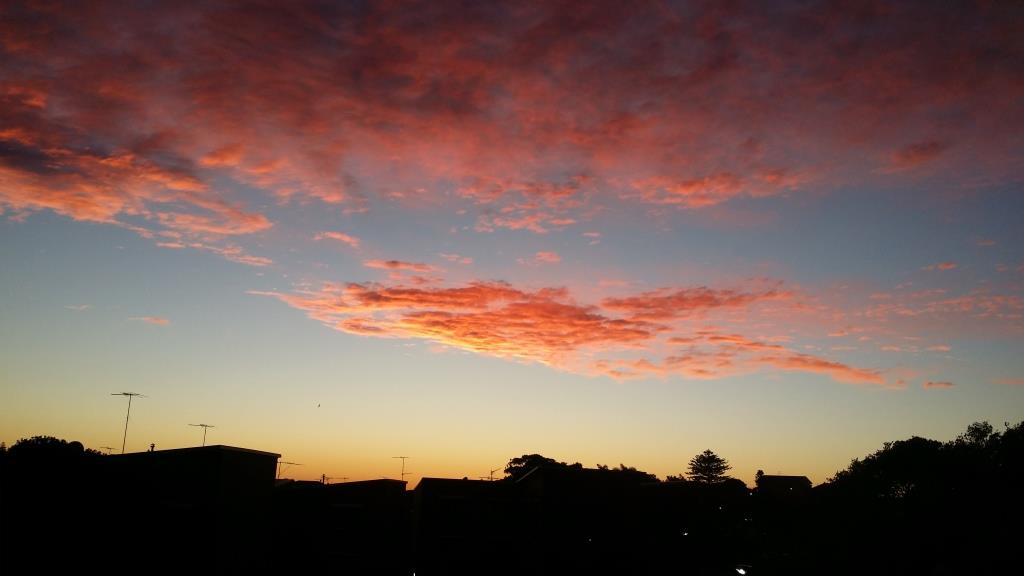
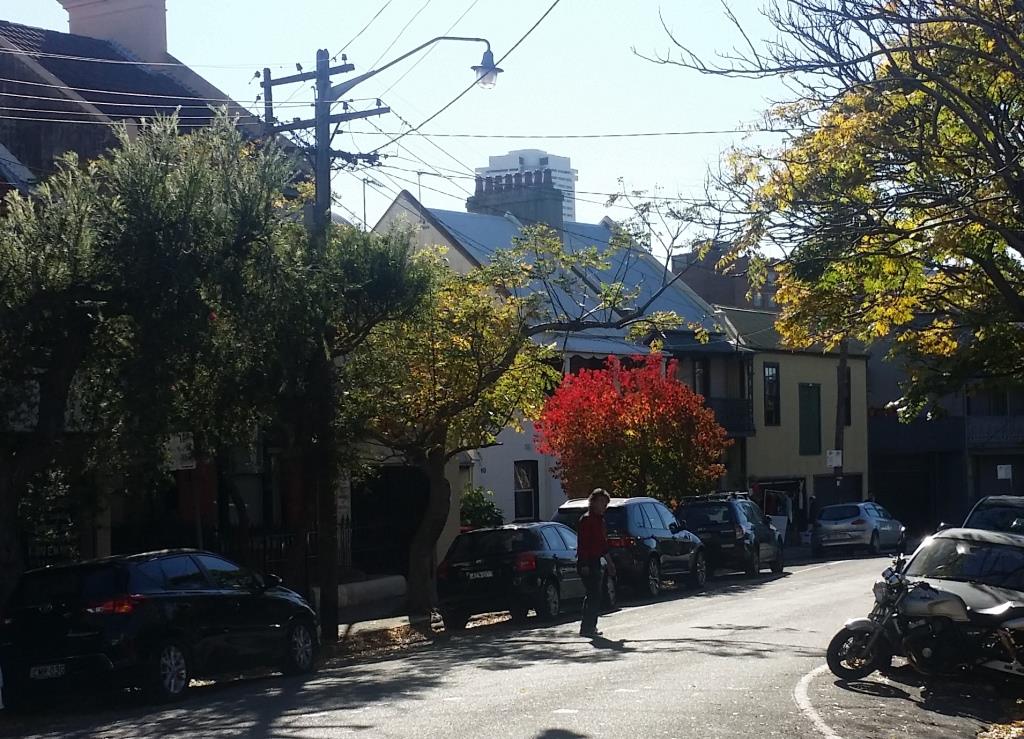
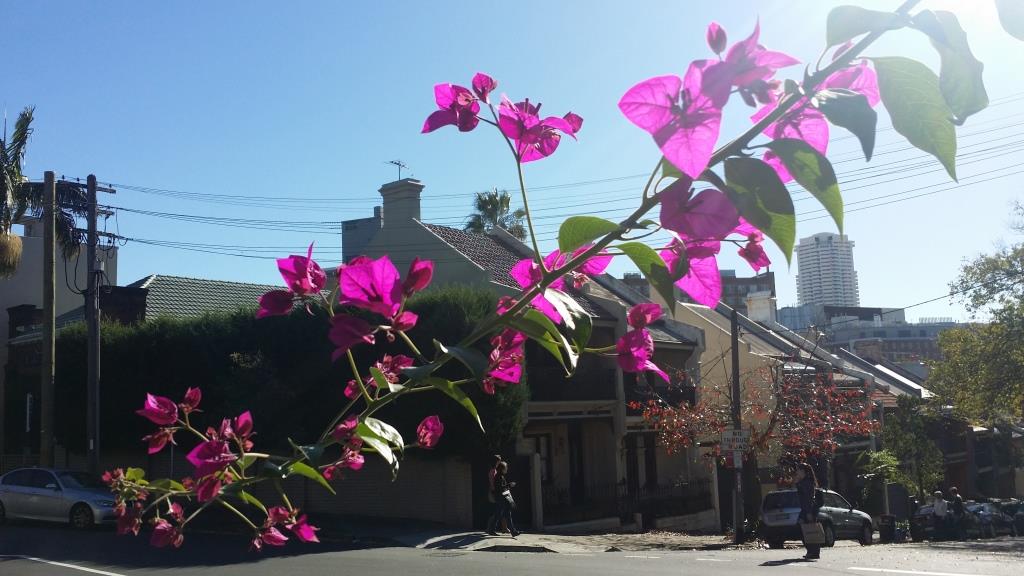
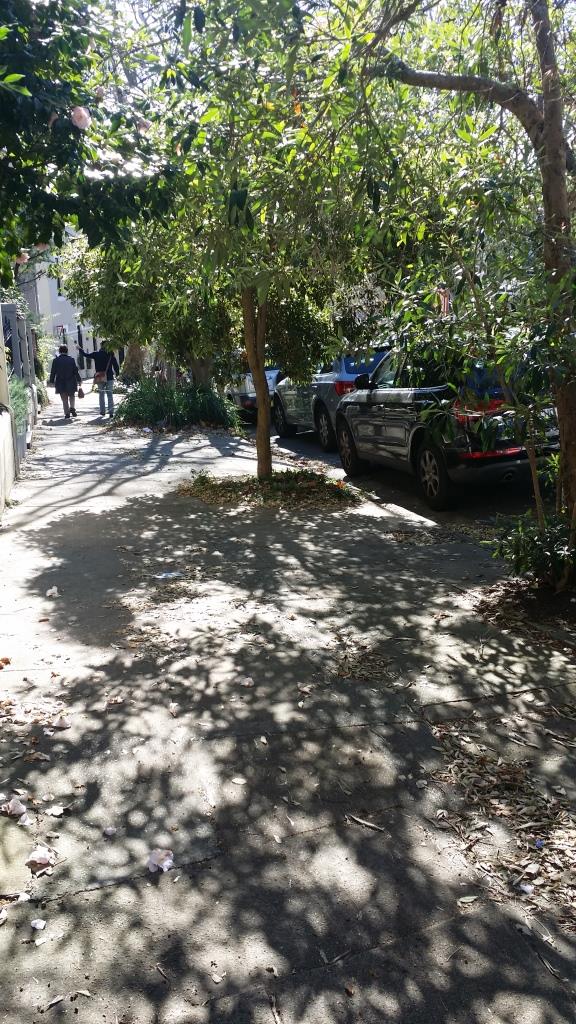
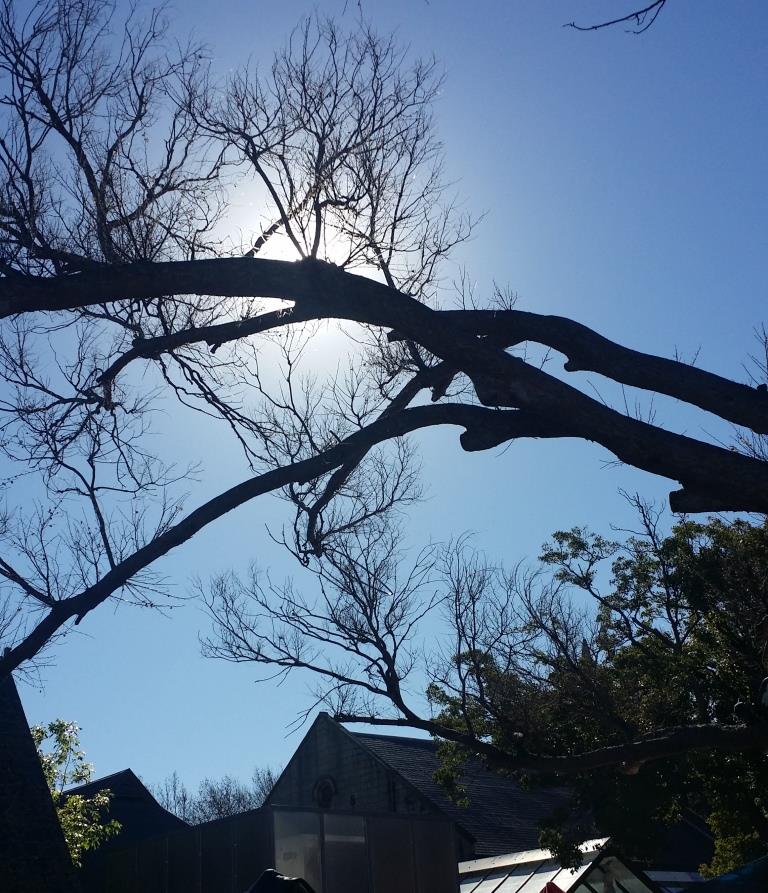
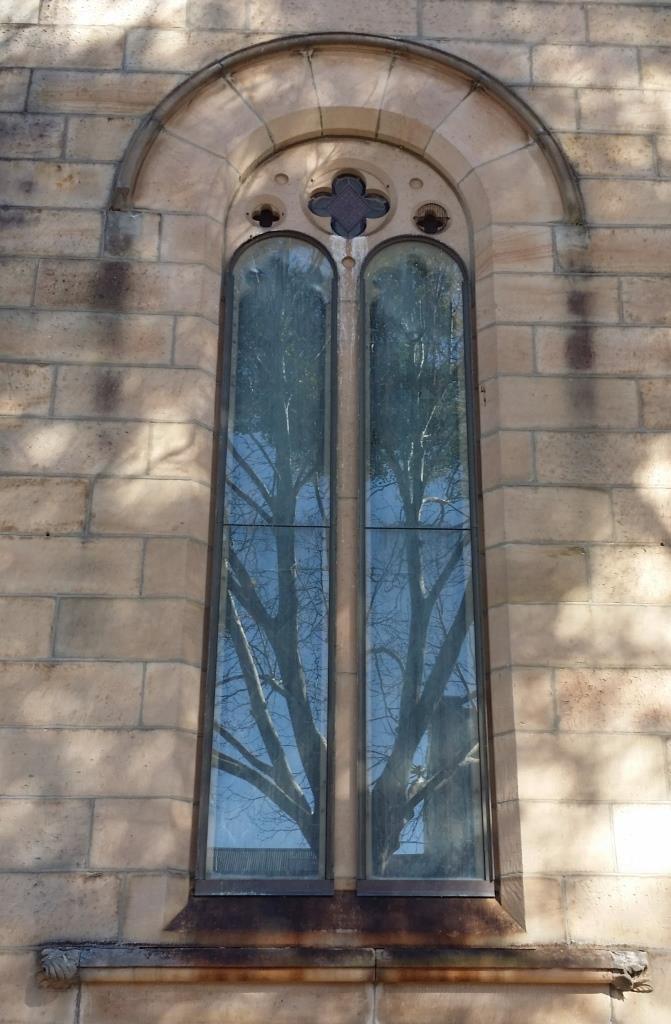




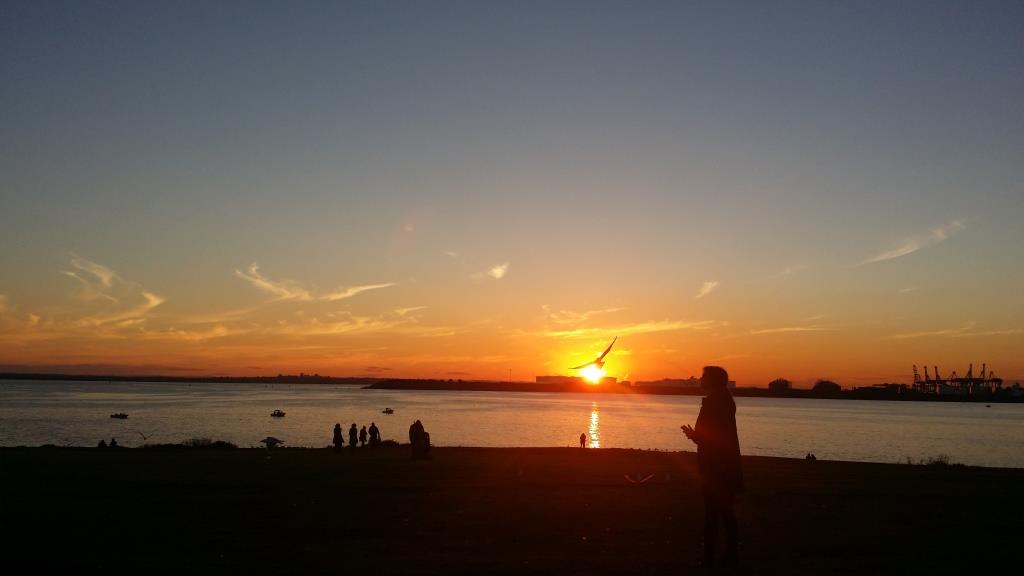


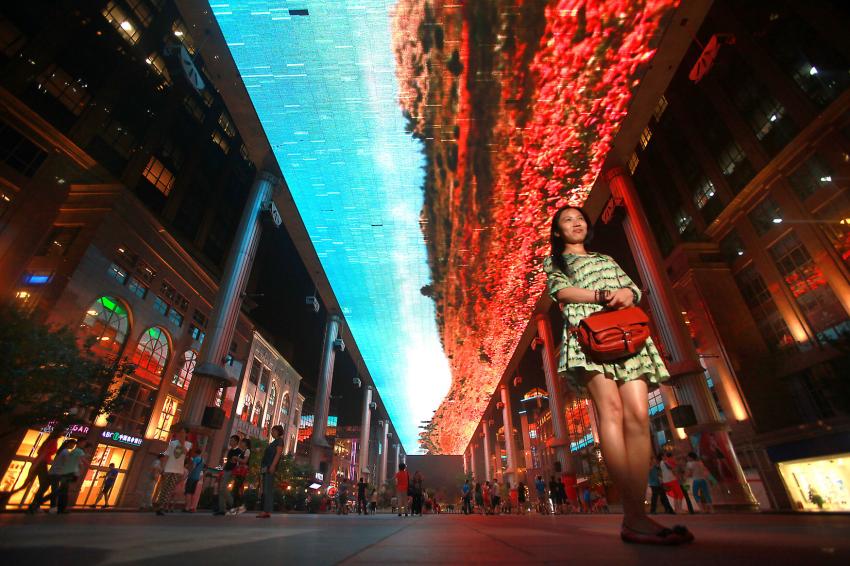



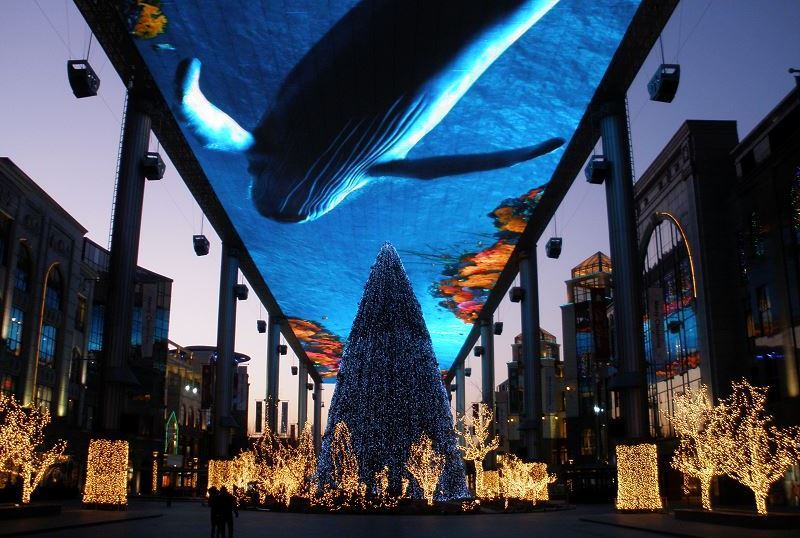
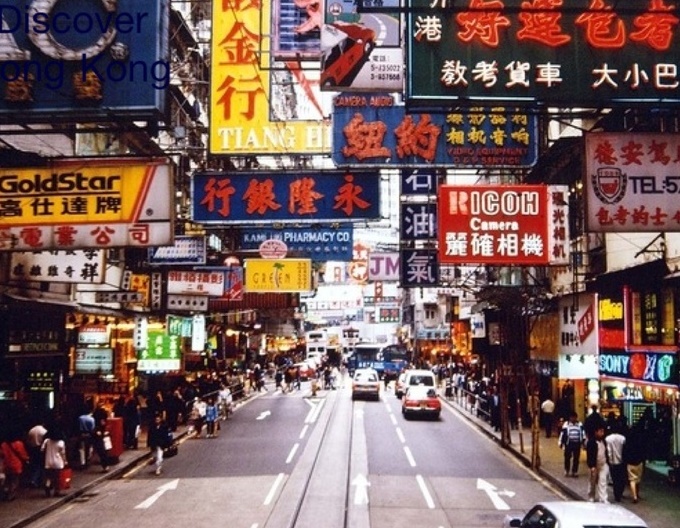





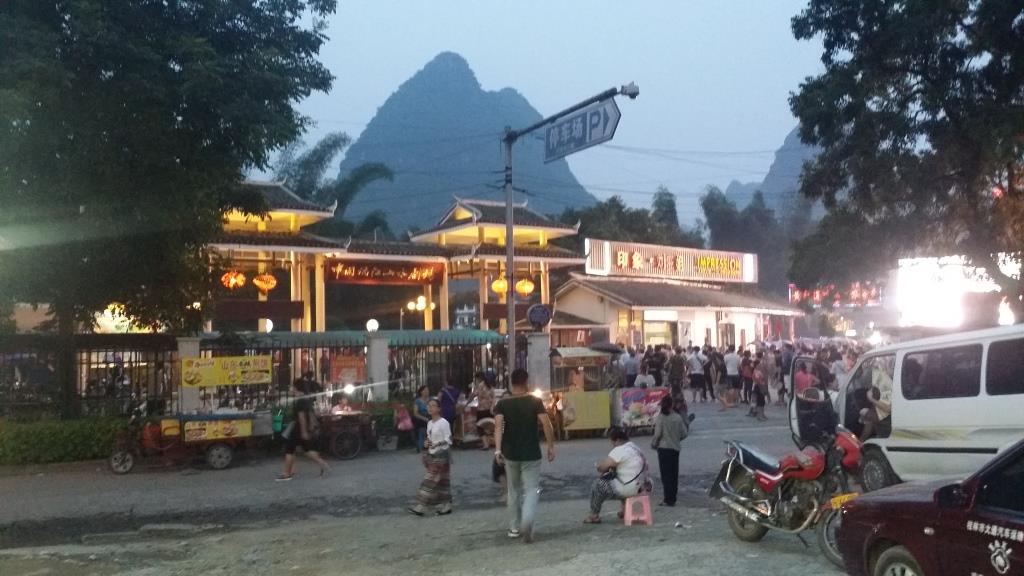

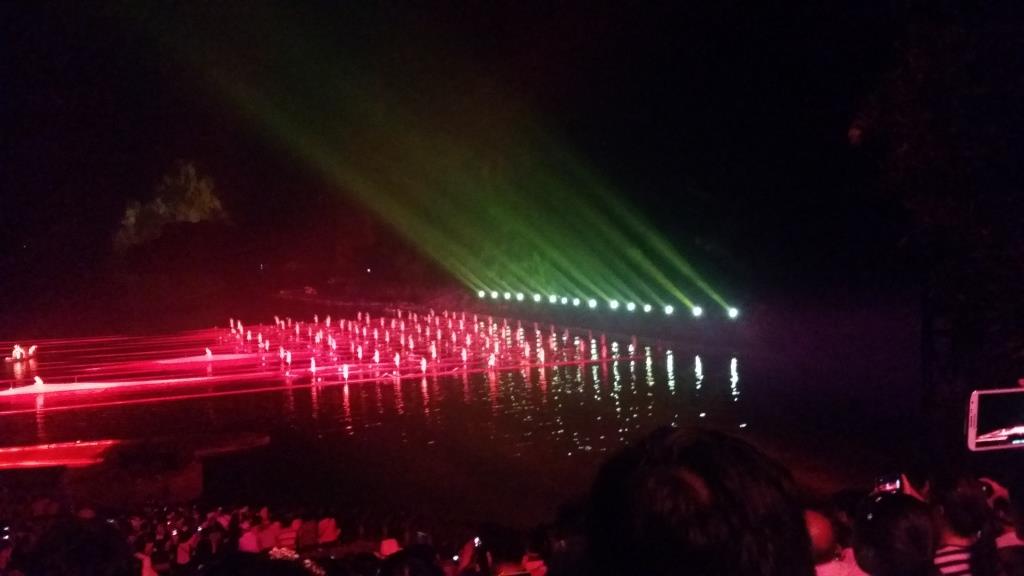

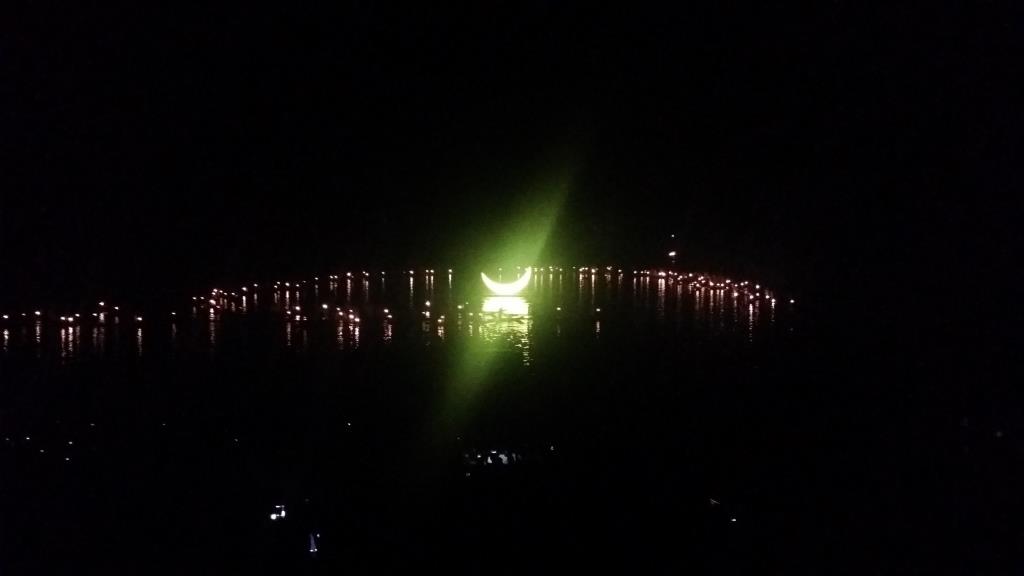
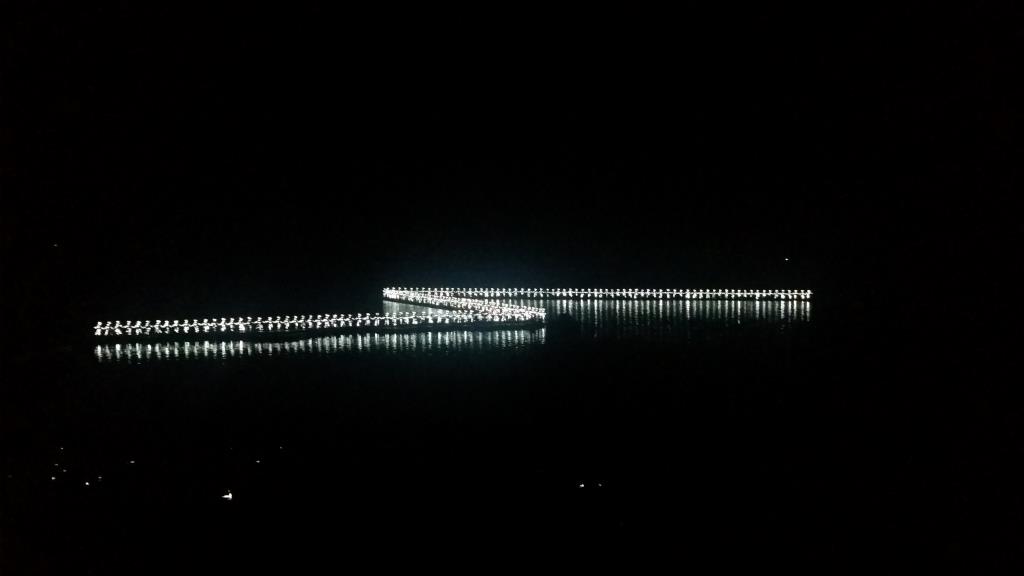
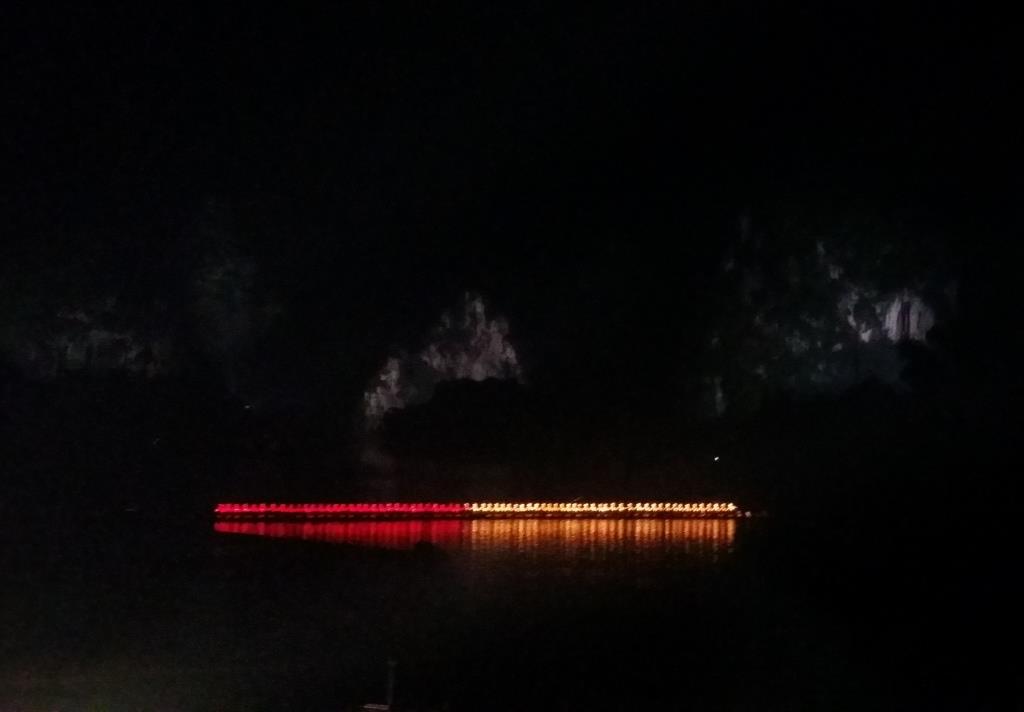



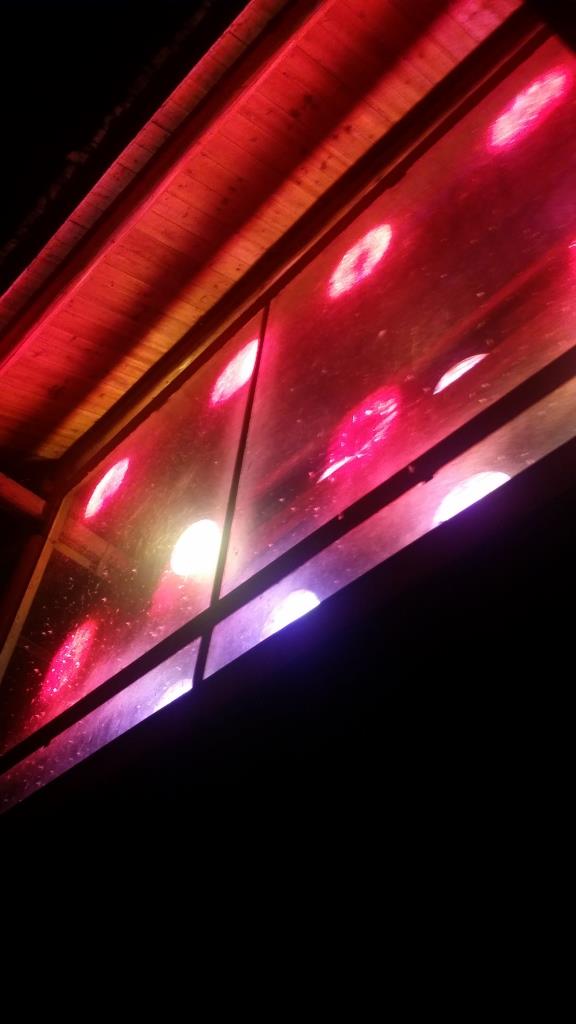
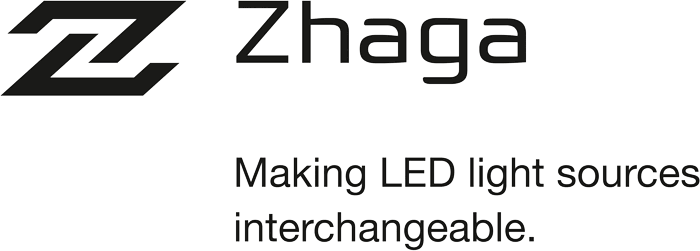



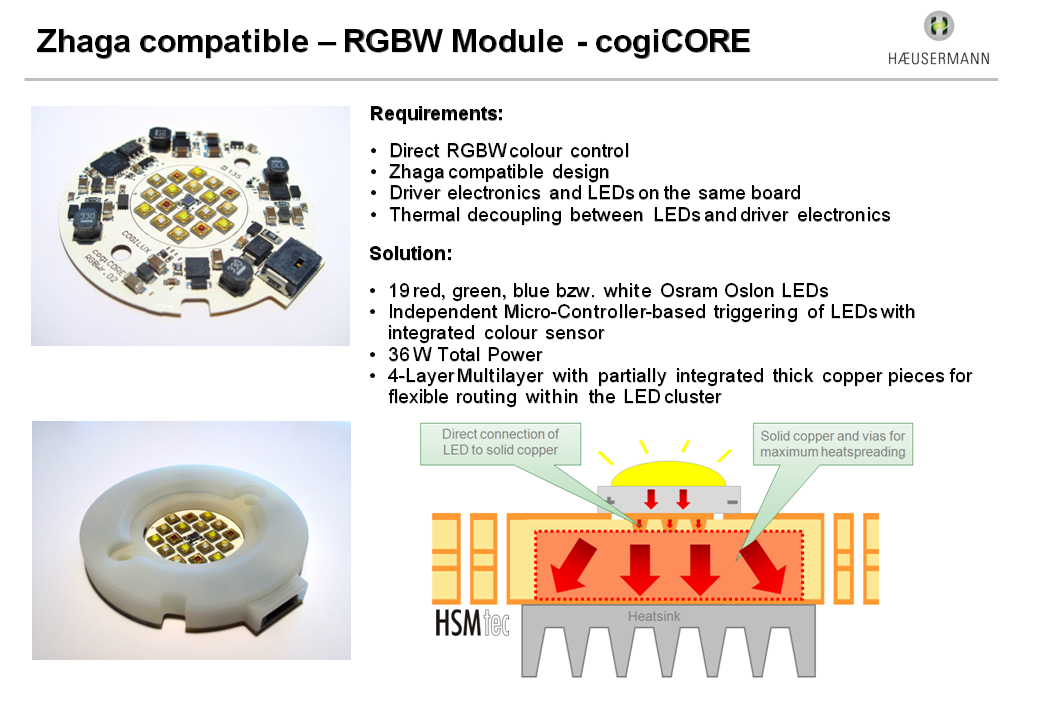

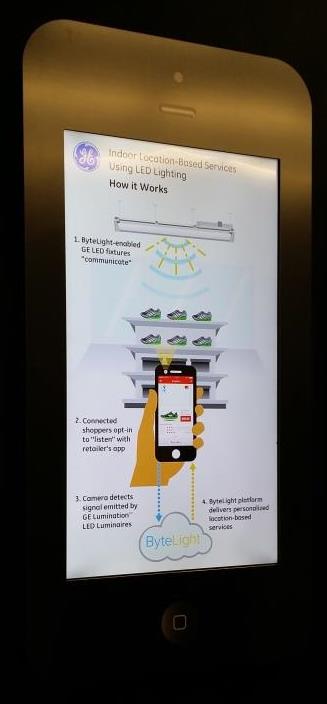
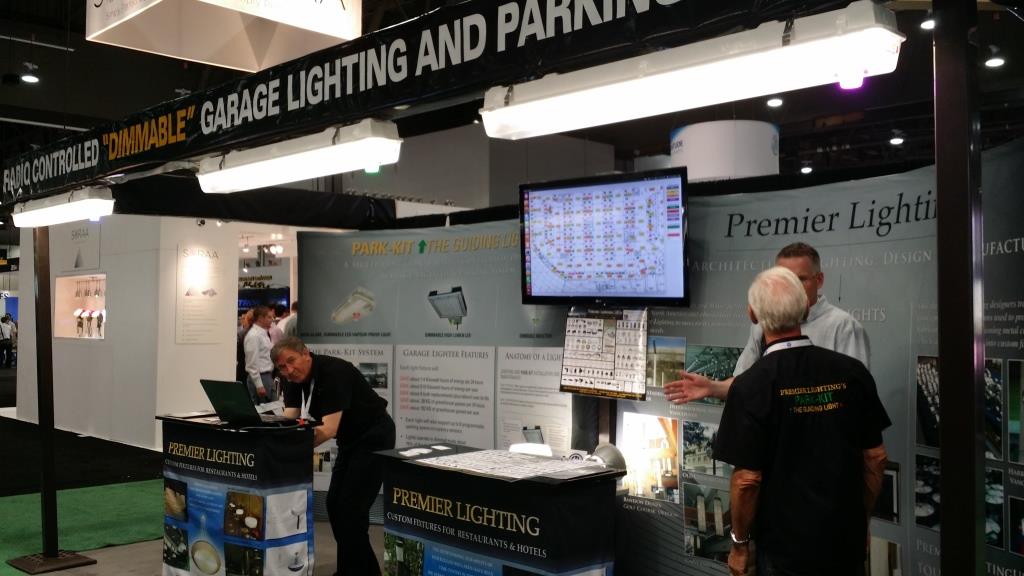






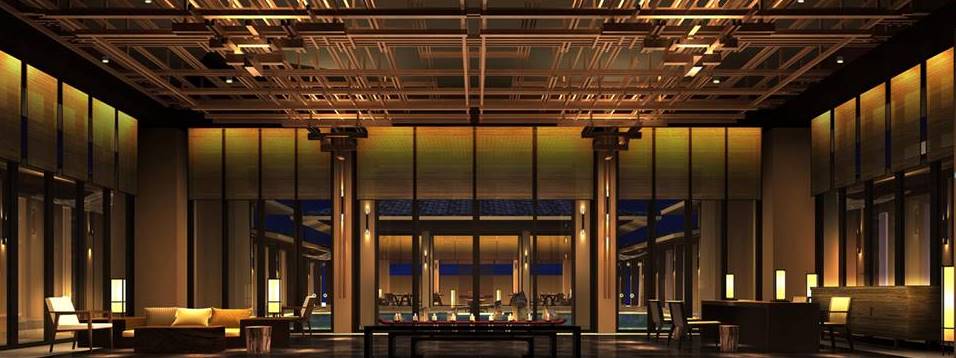

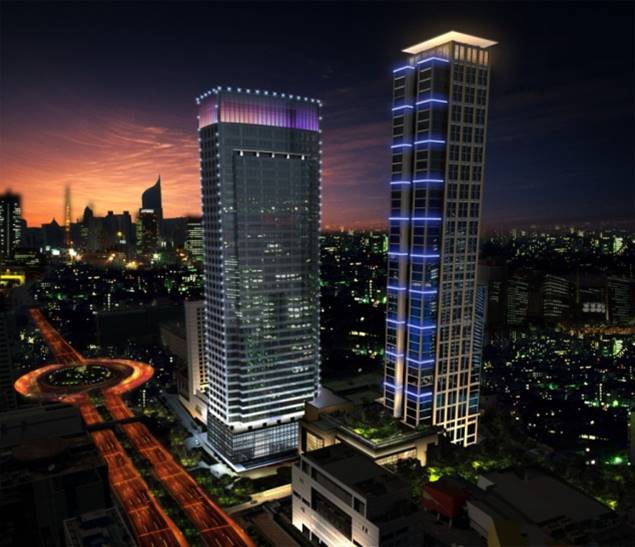

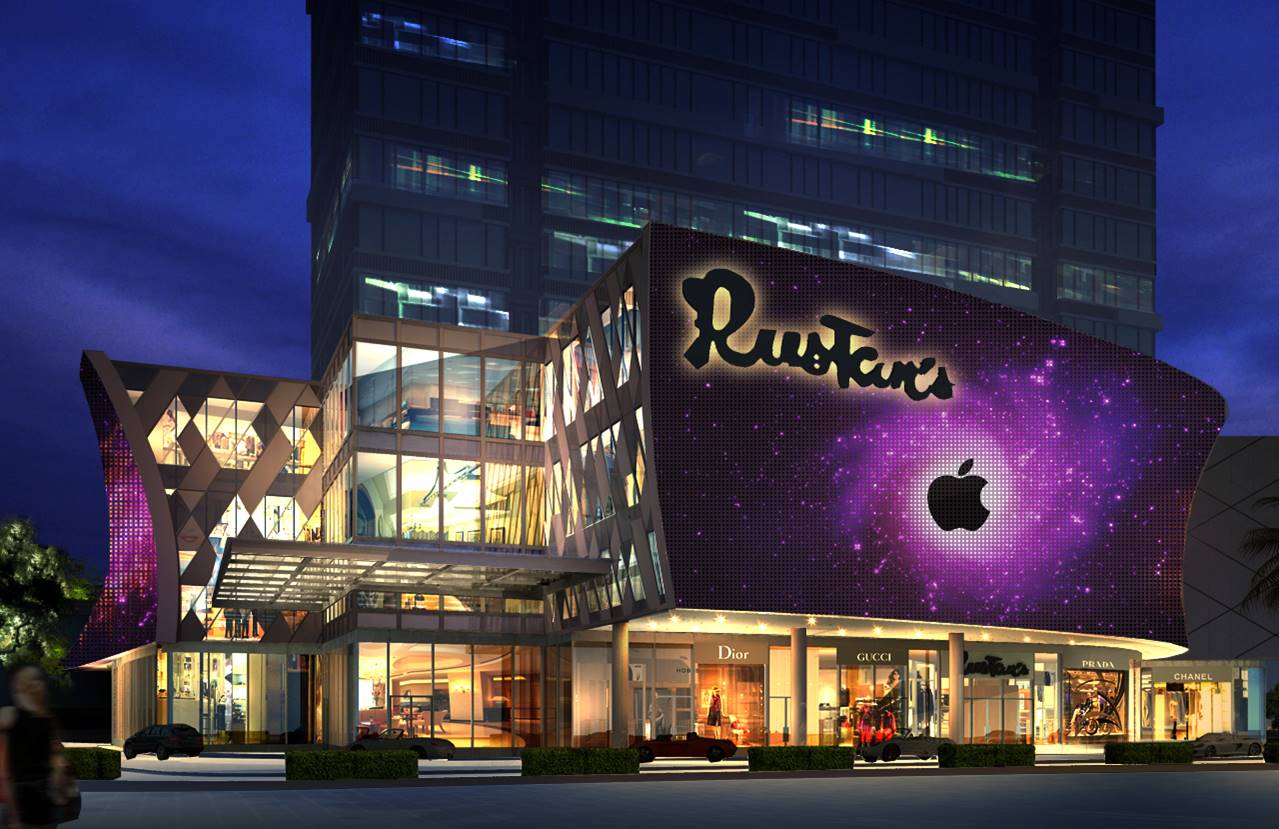
 The long awaited book compilation of Martin's first year of blogging is available. Order now.
The long awaited book compilation of Martin's first year of blogging is available. Order now. Feedspot Top 100 Lighting Blogs
Feedspot Top 100 Lighting Blogs